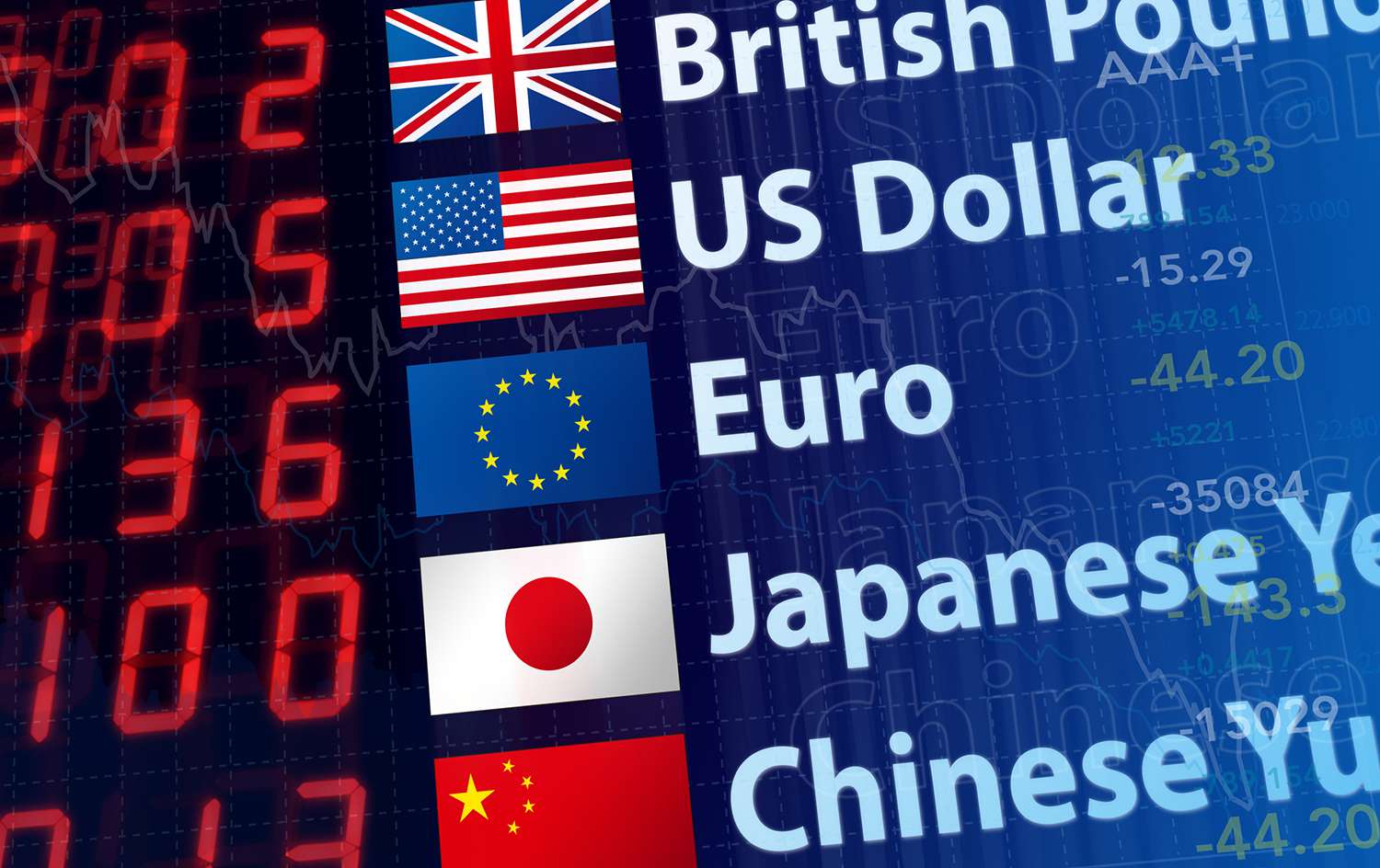
To read more enter password and Unlock more engaging content






 Orthodox Patterns: Range-Trading Within the Pattern, Trend-Trading After Breakout
Orthodox Patterns: Range-Trading Within the Pattern, Trend-Trading After BreakoutThe US dollar is broadly lower and stock futures are jumping after the December non-farm payrolls report.
That’s not the reaction you would expect from a headline beat and fall in the unemployment rate to 3.5% from 3.7% but the market is instead focusing on softening wage growth. Average hourly earnings growth slowed to 4.6% y/y from 5.1% and that should give then Fed some comfort that they can pause without sparking a wage-price spiral.
At the same time, I have to believe that market participants were far too invested in a strong jobs number today given the ADP data yesterday.
The dollar is falling across the board with USD/JPY down to 133.41 after touching a session high of 134.77 shortly before the data.
